Home>Gardening & Outdoor>Outdoor Structures>How To Lay Composite Decking On Concrete
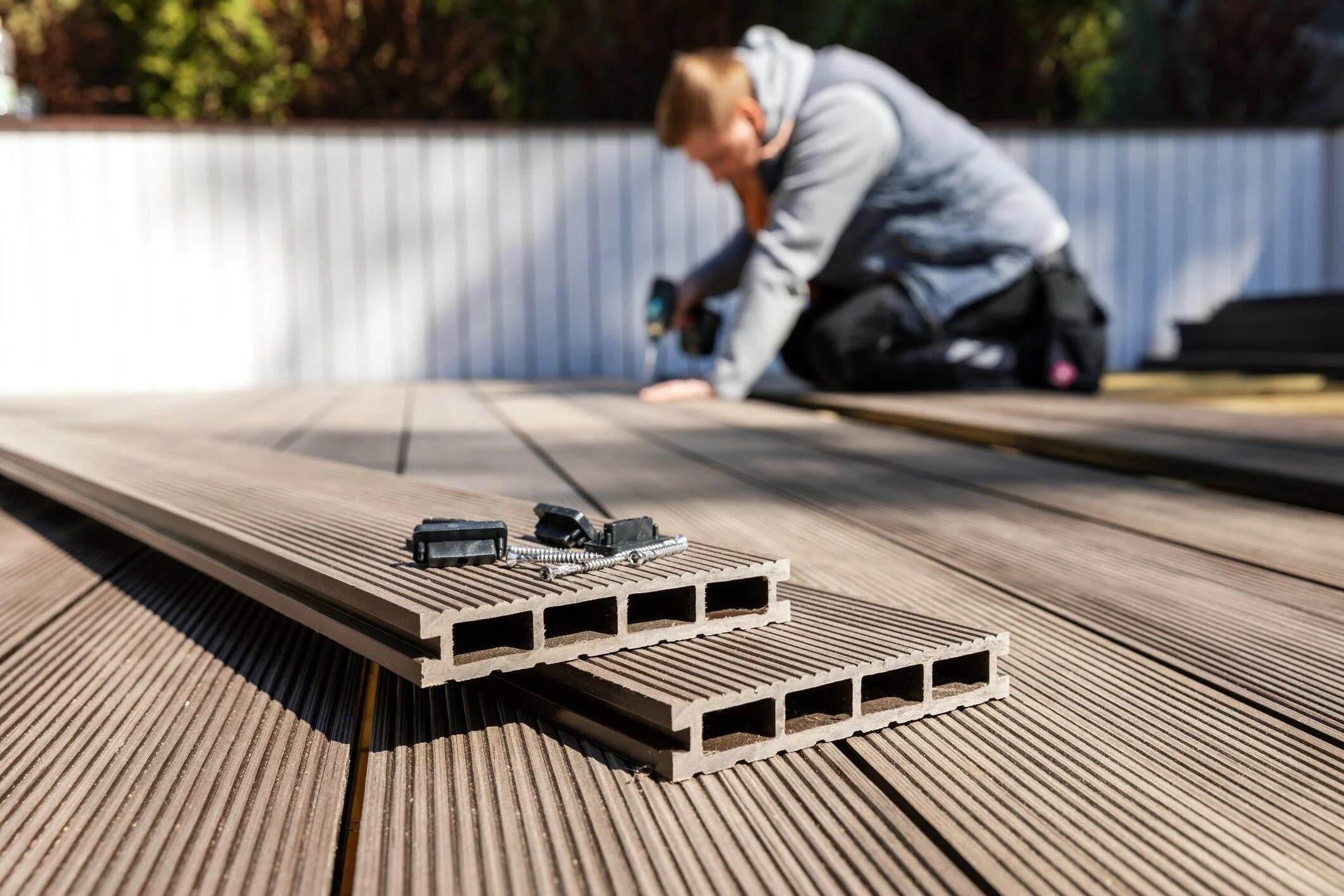

Outdoor Structures
How To Lay Composite Decking On Concrete
Modified: February 25, 2024
Learn how to lay composite decking on concrete and create stunning outdoor structures. Follow our step-by-step guide for a seamless installation.
(Many of the links in this article redirect to a specific reviewed product. Your purchase of these products through affiliate links helps to generate commission for Storables.com, at no extra cost. Learn more)
**
Introduction
**
So, you have a concrete patio or a concrete slab, and you're looking to transform it into a beautiful outdoor living space. One of the best ways to achieve this is by laying composite decking over the concrete surface. Composite decking offers durability, low maintenance, and a natural wood-like appearance, making it an ideal choice for outdoor flooring.
In this guide, we'll walk you through the process of laying composite decking on concrete. From preparing the surface to installing the decking boards, we'll cover everything you need to know to complete this project successfully. By the end of this article, you'll have the knowledge and confidence to turn your plain concrete area into a stunning composite deck that you can enjoy for years to come.
Let's dive into the materials and tools you'll need for this project.
**
**
Key Takeaways:
- Transformative Potential:
By laying composite decking over concrete, you can turn a plain area into a stunning outdoor space for relaxation and entertainment, unlocking the transformative potential of your outdoor area. - Attention to Detail:
Proper preparation and attention to detail during installation are crucial for creating a visually appealing and long-lasting composite deck, ensuring stability and enhancing the overall quality and aesthetics.
Read more: How To Lay Trex Composite Decking
Materials and Tools Needed
Before you begin laying composite decking on your concrete surface, it’s essential to gather the necessary materials and tools. Here’s what you’ll need:
Materials:
- Composite Decking Boards: Measure the dimensions of your concrete area to determine the quantity of decking boards needed. Ensure that the composite boards are suitable for outdoor use and can be installed over a concrete surface.
- Concrete Anchors or Decking Clips: Depending on the specific installation method you choose, you'll require either concrete anchors or specialized decking clips designed for securing composite boards to a concrete base.
- Pressure-Treated Sleepers or Joists: These will create a framework for the composite decking to be attached to. Ensure the sleepers or joists are treated for outdoor use and are resistant to moisture and decay.
- Concrete Leveling Compound: If your concrete surface has minor imperfections or uneven areas, a leveling compound can help create a smoother base for the decking installation.
- Protective Sealant: Consider applying a protective sealant to the concrete surface before installing the decking to enhance durability and moisture resistance.
- Fasteners: Choose corrosion-resistant fasteners that are compatible with composite decking material.
- Gravel or Drainage Mat: If your concrete surface is prone to moisture buildup, incorporating gravel or a drainage mat can help improve water drainage and prevent potential issues with moisture accumulation.
- Safety Gear: Ensure you have appropriate safety gear, including gloves, eye protection, and a dust mask, especially if you'll be cutting or drilling materials during the installation process.
Tools:
- Tape Measure: Essential for accurately measuring the dimensions of the concrete area and determining the spacing for sleeper or joist installation.
- Circular Saw or Miter Saw: To cut the composite decking boards to the required length and make precise angled cuts if necessary.
- Drill and Masonry Bits: If using concrete anchors, you'll need a drill with masonry bits to create pilot holes in the concrete for the anchors.
- Level: A level will help ensure that the sleepers or joists are installed evenly and that the decking boards are laid flat and level.
- Screwdriver or Impact Driver: For securing the decking boards and fasteners in place.
- Work Gloves and Safety Glasses: To protect your hands and eyes during the installation process.
By having these materials and tools on hand, you’ll be well-prepared to proceed with the next steps of preparing the concrete surface for the composite decking installation.
**
Preparing the Concrete Surface
Before laying composite decking on a concrete surface, it’s crucial to properly prepare the area to ensure a stable and long-lasting foundation for the decking boards. Here’s a step-by-step guide to preparing the concrete surface:
Read more: How To Lay Decking Over Concrete
1. Clean the Concrete:
Begin by thoroughly cleaning the concrete surface to remove any dirt, debris, or existing coatings. Use a pressure washer or a stiff-bristled brush along with a concrete cleaner to achieve a clean and smooth base. Allow the concrete to dry completely before proceeding.
2. Inspect for Damage:
Check the concrete for any signs of damage, such as cracks or uneven areas. If there are minor cracks or imperfections, consider using a concrete leveling compound to fill in these areas and create a more uniform surface for the decking installation.
3. Apply a Sealant:
Depending on the condition of the concrete and its exposure to the elements, applying a protective sealant can help enhance the durability and moisture resistance of the surface. Follow the manufacturer’s instructions for the proper application of the sealant and allow sufficient drying time.
4. Install Pressure-Treated Sleepers or Joists:
To create a stable framework for the composite decking, install pressure-treated sleepers or joists directly onto the concrete surface. These sleepers will provide the necessary support and spacing for securely attaching the decking boards. Use concrete anchors or specialized fasteners designed for this purpose to secure the sleepers in place.
Read more: How To Lay Composite Decking Tiles On Soil
5. Ensure Proper Drainage:
If the concrete surface is prone to moisture buildup, consider incorporating gravel or a drainage mat between the sleepers to improve water drainage and prevent potential issues with moisture accumulation. Proper drainage is essential for maintaining the integrity of the composite decking over time.
6. Check for Levelness:
Use a level to ensure that the installed sleepers or joists are level and evenly spaced across the entire surface. This step is crucial for the structural integrity and overall appearance of the composite decking once it’s installed.
By following these preparation steps, you’ll create a solid and well-prepared foundation for laying composite decking on the concrete surface. With the surface ready, you can now move on to the exciting phase of installing the composite decking boards.
**
Installing the Composite Decking
With the concrete surface properly prepared, it’s time to begin the installation of the composite decking boards. This phase of the project involves securing the decking material onto the prepared framework. Here’s a detailed guide to installing the composite decking:
1. Measure and Cut the Decking Boards:
Start by measuring the dimensions of the area and cutting the composite decking boards to the required length. Use a circular saw or miter saw to make precise cuts, ensuring that the boards fit snugly within the prepared framework.
Read more: How To Cut Composite Decking
2. Secure the Decking Boards:
Once the boards are cut to size, position them onto the installed sleepers or joists. Depending on the specific composite decking product, you may use specialized decking clips or corrosion-resistant fasteners to secure the boards in place. Follow the manufacturer’s guidelines for the recommended fastening method and spacing between boards.
3. Allow for Proper Expansion Gaps:
It’s essential to leave adequate expansion gaps between the composite decking boards to account for temperature changes and prevent buckling or warping. Refer to the decking manufacturer’s instructions for the recommended gap size based on the specific product being installed.
4. Check for Levelness and Alignment:
As you install each decking board, use a level to ensure that they are laid flat and level across the entire surface. Additionally, verify that the boards are aligned properly to create a seamless and visually appealing deck layout.
5. Trim and Finish the Edges:
If necessary, trim the edges of the decking boards to achieve a clean and uniform appearance. A router or specialized decking edge trim may be used to create smooth and polished edges, enhancing the overall aesthetic of the composite deck.
Read more: How To Build A Deck With Composite Decking
6. Inspect and Secure the Final Layout:
Once all the decking boards are in place, carefully inspect the entire layout for any inconsistencies or protruding fasteners. Secure any loose boards and ensure that the surface is free of tripping hazards or potential safety concerns.
By following these steps, you'll successfully complete the installation of the composite decking, resulting in a visually stunning and functional outdoor living space. With the decking securely in place, you can now add the finishing touches to further enhance the appearance and longevity of your new composite deck.
**
Finishing Touches
With the composite decking securely installed, it’s time to add the finishing touches that will elevate the visual appeal and functionality of your outdoor space. These final steps will contribute to the overall beauty and durability of your newly transformed concrete area. Here’s how to complete the finishing touches for your composite decking:
1. Apply Protective Coating:
Consider applying a protective coating or sealant specifically designed for composite decking. This coating can help enhance the color vibrancy, protect against UV damage, and provide an additional layer of defense against moisture and stains. Follow the manufacturer’s recommendations for application and maintenance of the protective coating.
2. Install Railing and Accessories:
If desired, add railing systems and accessories to further customize and enhance the functionality of your composite deck. Choose from a variety of railing styles and accessories such as post caps, lighting, and decorative elements to create a personalized and inviting outdoor space.
Read more: What Is Composite Decking
3. Incorporate Outdoor Furnishings:
Complete the transformation by adding outdoor furnishings such as patio furniture, seating, and decorative elements. Select furnishings that complement the style and color scheme of your composite decking, creating a cohesive and inviting outdoor living area for relaxation and entertainment.
4. Regular Maintenance and Cleaning:
Establish a routine maintenance schedule to keep your composite deck looking its best. Periodically clean the decking surface with a mild soap solution and a soft-bristled brush to remove dirt, debris, and any potential stains. Additionally, inspect the deck for any signs of wear or damage, addressing any maintenance needs promptly to preserve its integrity.
5. Enjoy Your New Outdoor Space:
Once the finishing touches are complete, take the time to relax and enjoy your beautifully transformed outdoor space. Whether it’s hosting gatherings with friends and family or simply unwinding in the fresh air, your composite deck provides a versatile and inviting environment for outdoor enjoyment.
By adding these finishing touches, you’ll enhance the overall appeal and functionality of your composite decking, creating a welcoming and enduring outdoor living space. With proper care and maintenance, your composite deck will continue to be a source of enjoyment for years to come.
**
Conclusion
Congratulations! You’ve successfully learned how to lay composite decking on a concrete surface, transforming a plain area into a stunning outdoor living space. By following the steps outlined in this guide, you’ve gained the knowledge and confidence to complete this rewarding project. Here’s a brief recap of the key takeaways from this process:
**
Read more: How To Screw Composite Decking
Transformative Potential:
**
Composite decking offers a versatile and durable solution for enhancing outdoor spaces. By laying composite decking over a concrete surface, you’ve unlocked the transformative potential of your outdoor area, creating a visually appealing and functional space for relaxation and entertainment.
**
Preparation is Key:
**
Properly preparing the concrete surface is essential for ensuring the stability and longevity of the composite decking installation. From cleaning and inspecting the concrete to installing the necessary framework, thorough preparation sets the stage for a successful project.
**
Attention to Detail:
**
During the installation process, attention to detail is crucial. From measuring and cutting the decking boards to ensuring proper alignment and spacing, each step contributes to the overall quality and aesthetics of the composite deck.
**
Final Flourishes:
**
Adding the finishing touches, such as protective coatings, railing systems, outdoor furnishings, and a maintenance plan, elevates the composite decking project to its full potential, creating a welcoming and enduring outdoor space.
As you embark on your composite decking journey, remember that creativity and personalization play a significant role in shaping your outdoor oasis. Whether you envision a tranquil retreat or an entertainment hub, your composite deck reflects your unique style and enhances your outdoor lifestyle.
Embrace the joy of outdoor living, and relish the satisfaction of having transformed a concrete expanse into a captivating composite deck. With proper care and maintenance, your new outdoor haven will continue to enrich your life and provide countless moments of relaxation and enjoyment.
Thank you for joining us on this composite decking adventure. We wish you many wonderful experiences in your beautifully transformed outdoor space!
**
Frequently Asked Questions about How To Lay Composite Decking On Concrete
Was this page helpful?
At Storables.com, we guarantee accurate and reliable information. Our content, validated by Expert Board Contributors, is crafted following stringent Editorial Policies. We're committed to providing you with well-researched, expert-backed insights for all your informational needs.
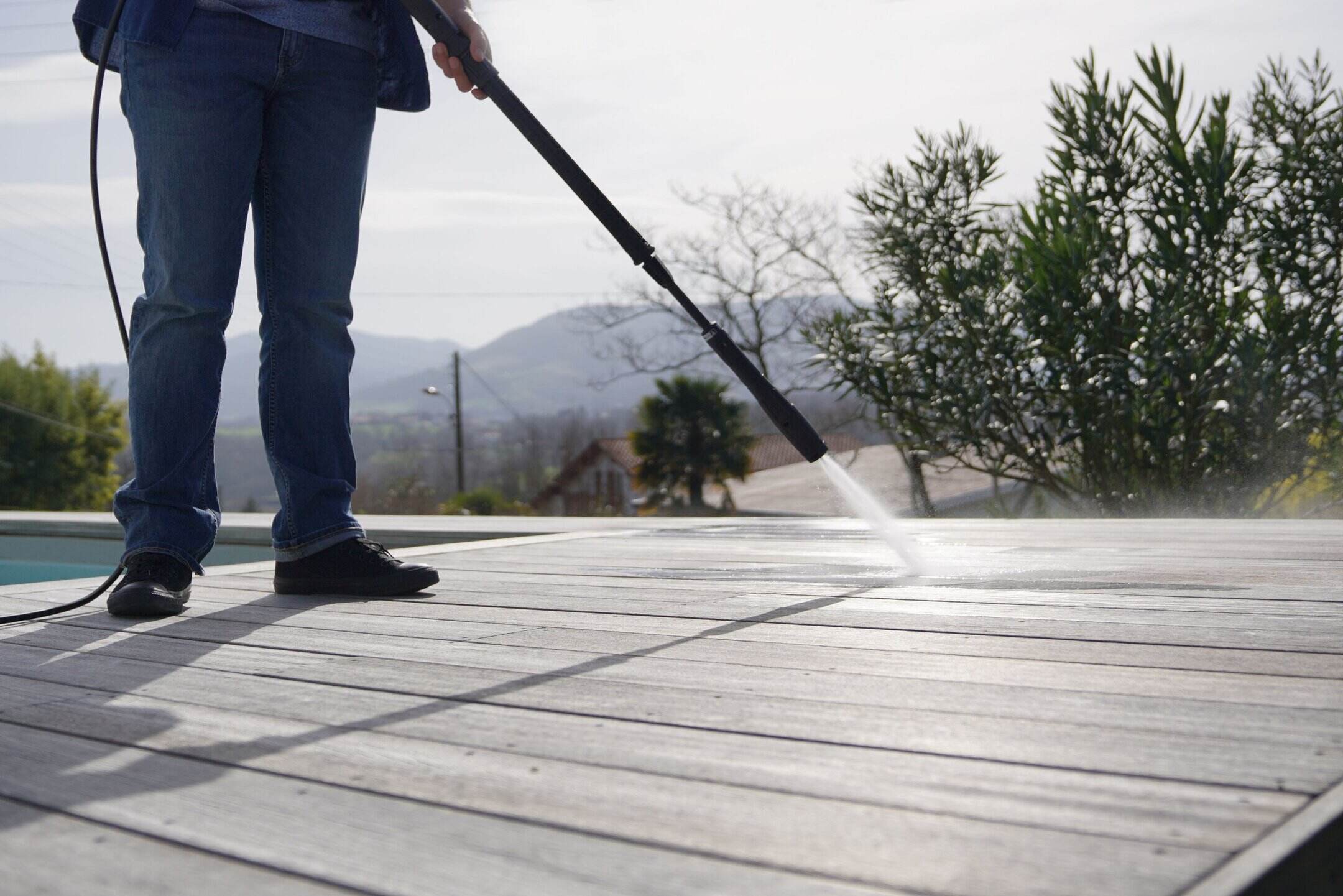
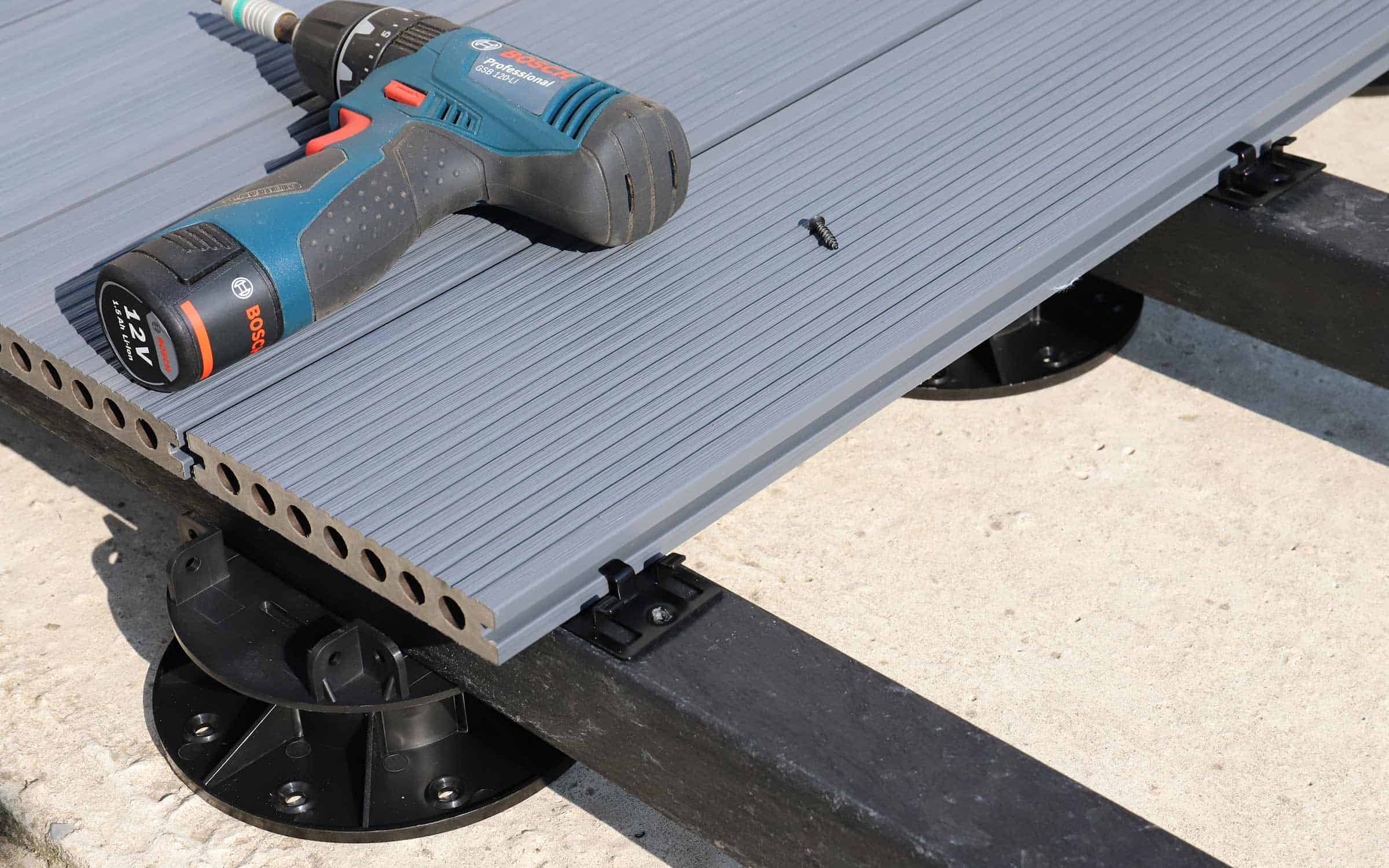
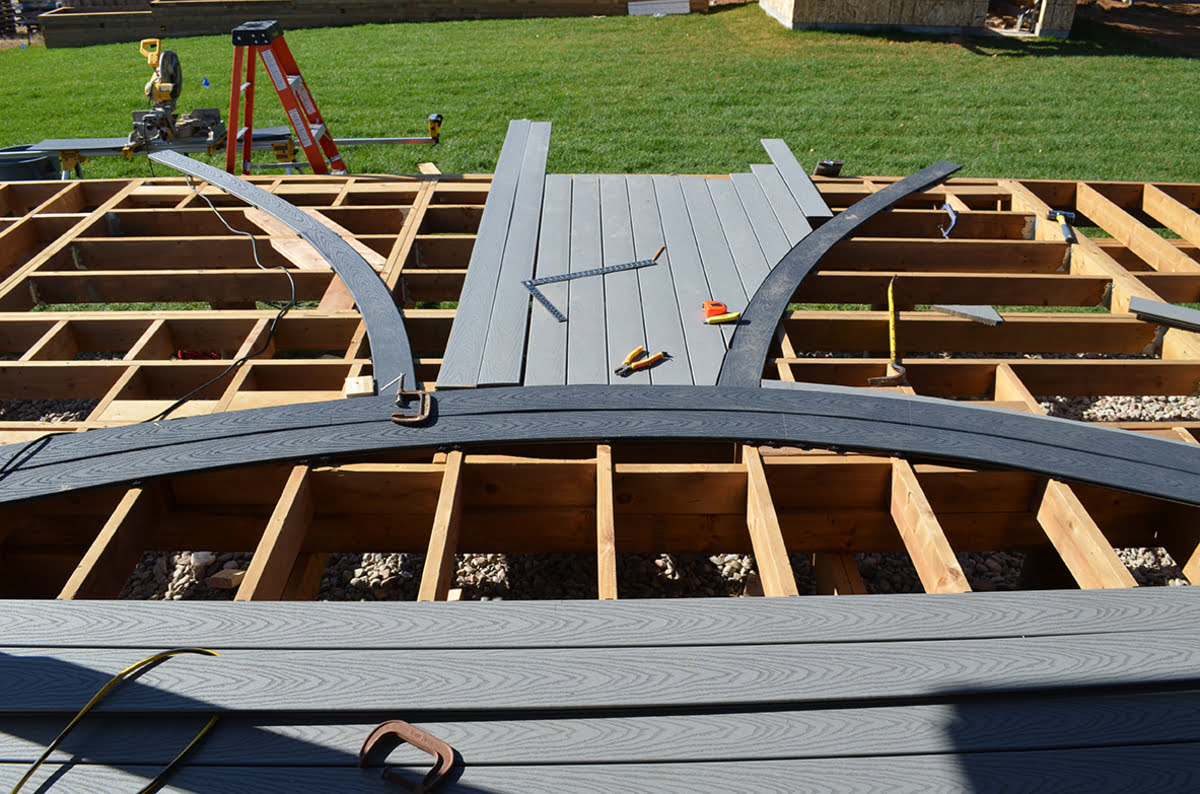
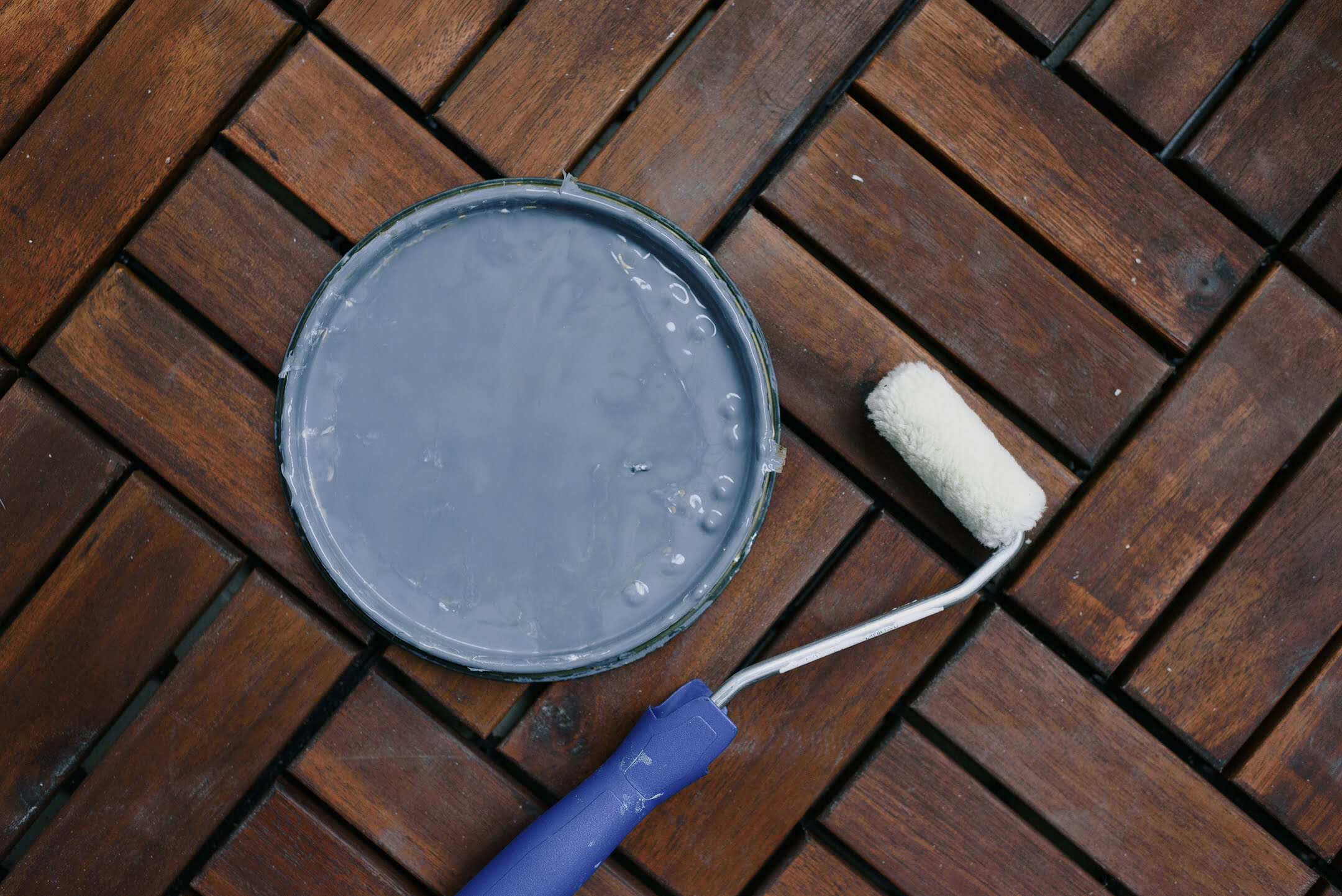
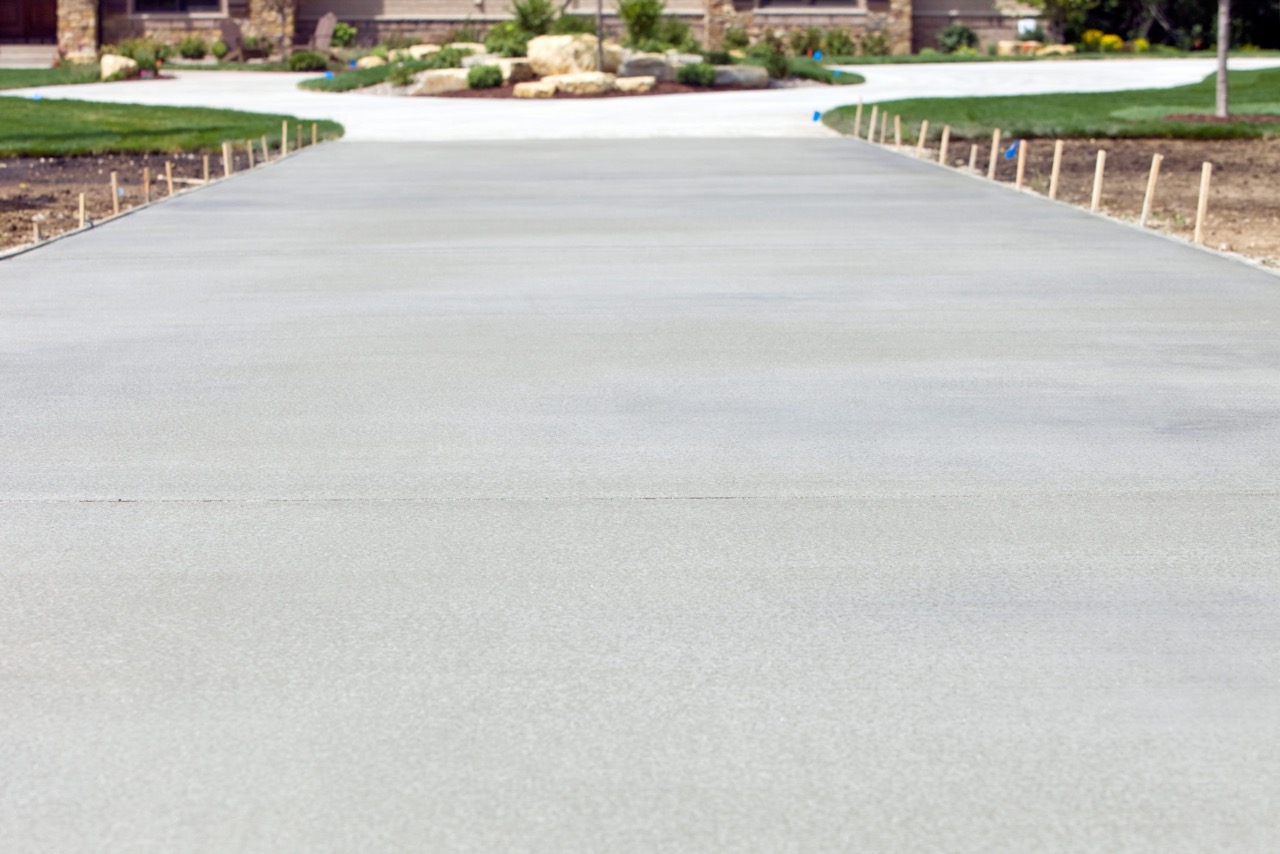
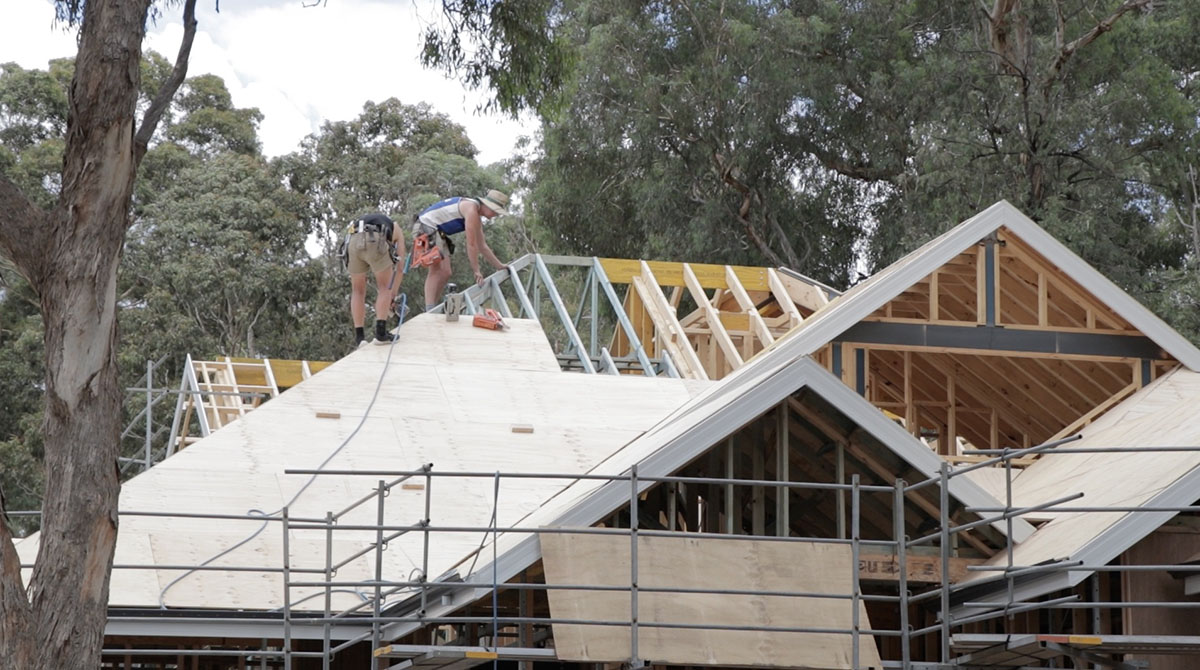
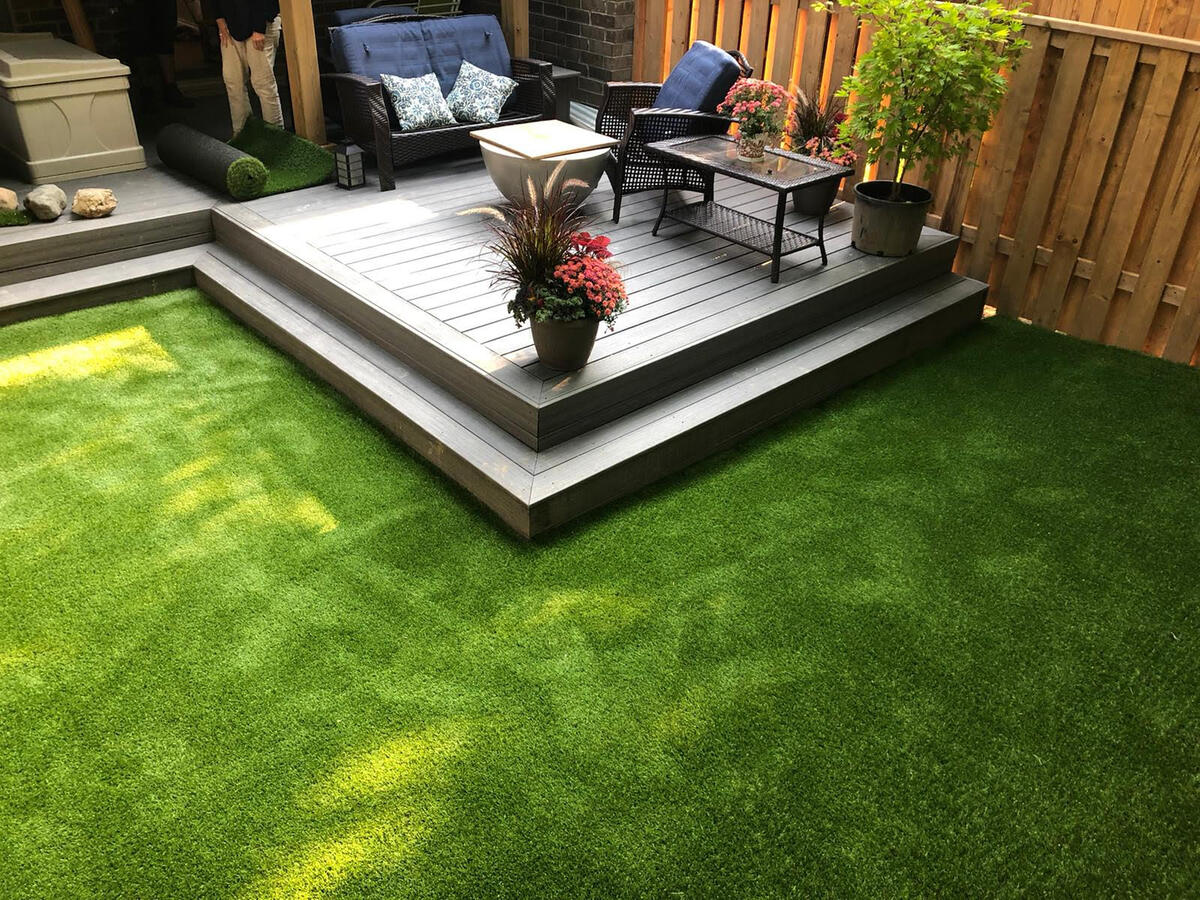
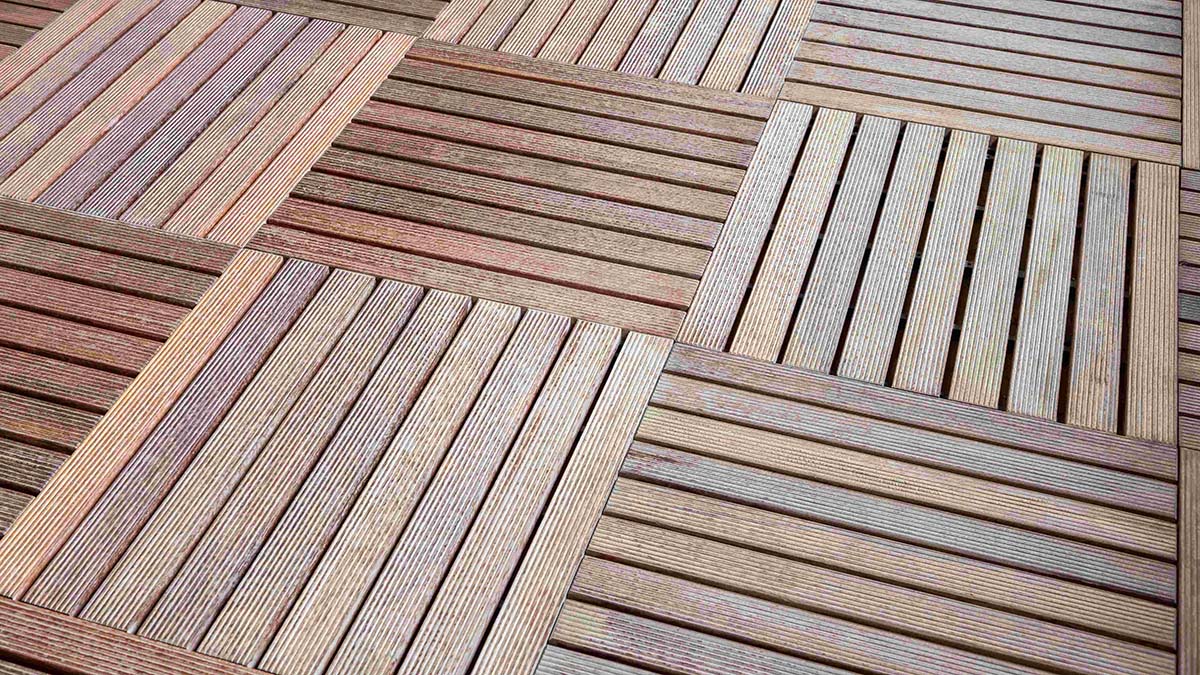

0 thoughts on “How To Lay Composite Decking On Concrete”